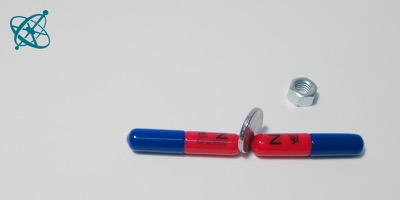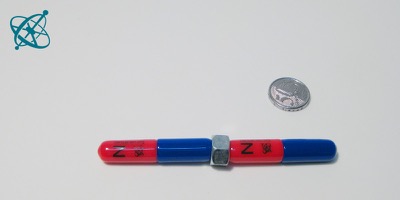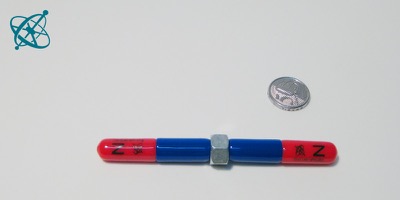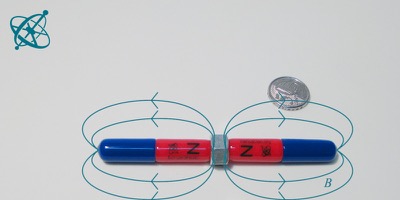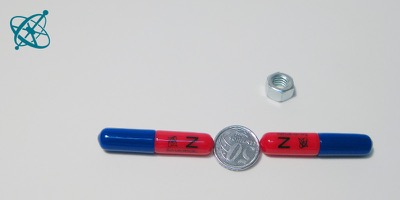 www.sciensation.org | Ciênsação hands-on experiments are published as Open Educational resources under a Creative Commons Attribution-ShareAlike 4.0 International License.
www.sciensation.org | Ciênsação hands-on experiments are published as Open Educational resources under a Creative Commons Attribution-ShareAlike 4.0 International License.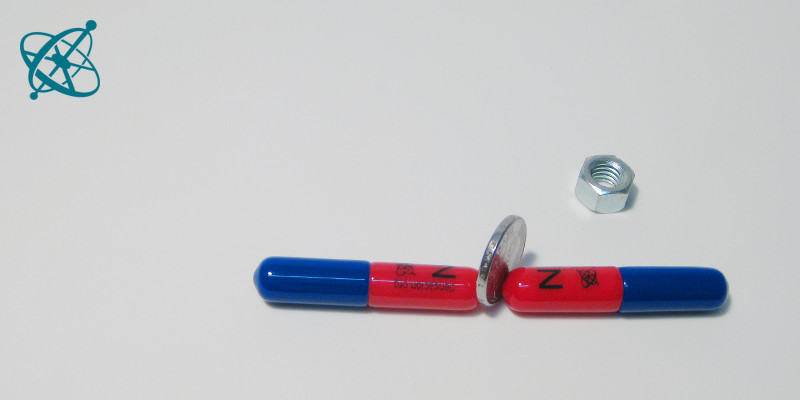
Shouldn't equal magnetic poles repel each other?
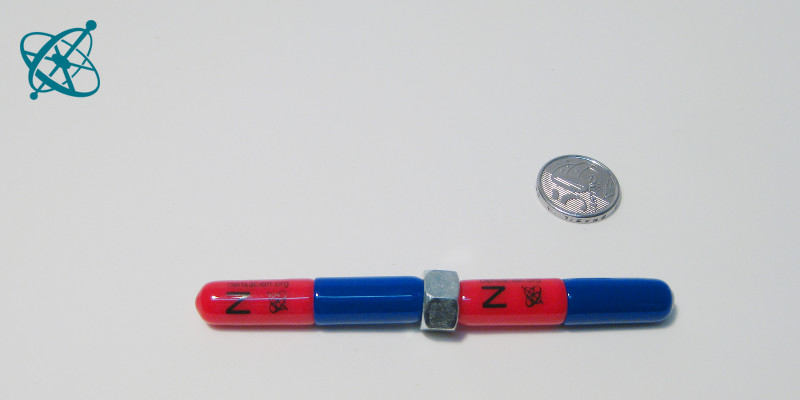
Sure, north and south pole do attract each other.
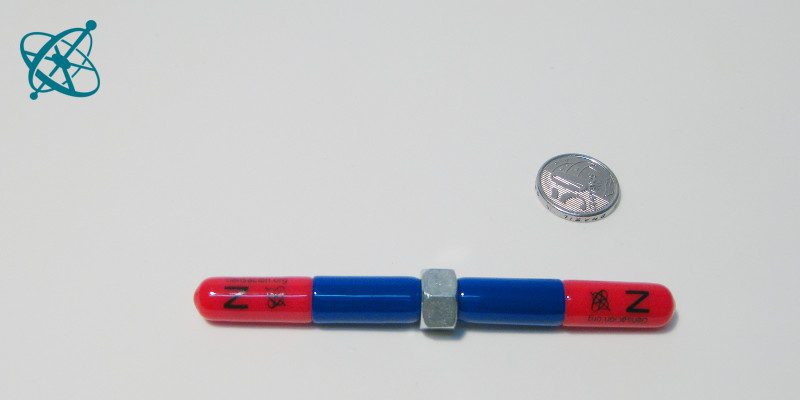
But how is this possible?
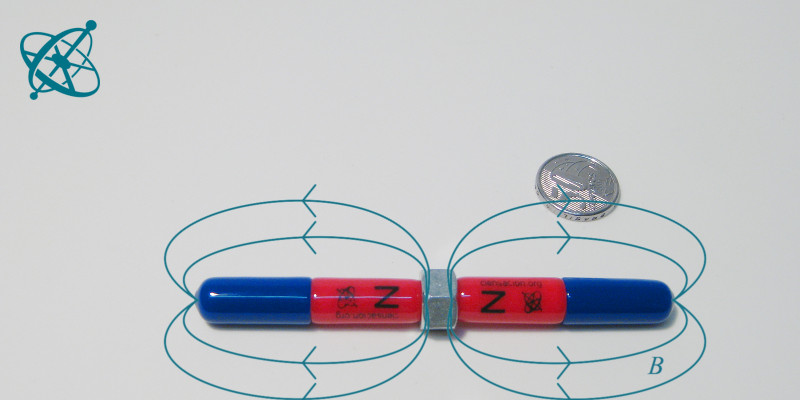
The metal shields the magnetic field…
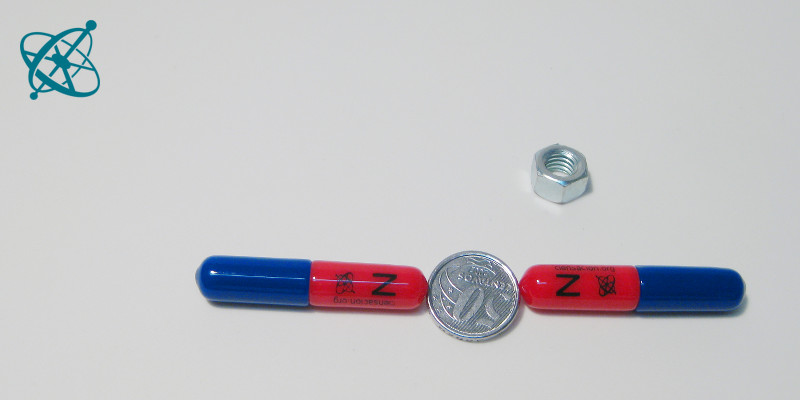
…so that the magnets are attracted to the coin, not each other.
Do equal poles attract each other?
In schoolbook pictures it is simple and clear: equal magnetic poles repel each other. And indeed they do, as long as you don't place a coin between them and feel the attracting force...
Materials with high permeability (e.g. iron or steel) can deflect or even shield magnetic fields.
1. Align two magnets with equal poles facing each other, and slowly bring them together until they touch. What force do you feel?
2. Bring a small coin between the magnets and repeat the experiment, carefully observing the force you feel at different distances.
Why does this work with coins but not with paper or plastic?
› Only materials with high permeability, i.e. the ability to be magnetized, show this effect.
What do materials with high permeability do to magnetic fields?
› Magnetic fields 'prefer' to go through materials with high permeability. Because the magnetic field is concentrated or 'compressed' inside such materials, the field is much weaker behind it. Materials with high permeability are therefore used to shield magnetic fields.
Does this experiment work with very thin metal sheets?
› No, the material needs to have some minimum thickness.
Normally, the repelling force between two equal magnetic poles only becomes stronger the closer they get. This changes when a coin is brought between them. Careful observers will note that the coin reduces the repelling force between the magnets. Moreover, if both magnets are close to the coin, the repelling force vanishes and an attracting force emerges.
The coin is made of ferromagnetic material and therefore attracted to magnets. It also has a high permeability, and can shield the repelling magnetic fields from each other. However, since the diameter of the coin is relative small, the shielding is limited to the proximity of the coin. Near the coin, the attraction between the magnets and the ferromagnetic material outweighs the repelling force between the mostly shielded fields. At some distance, on the other hand, where both the attraction and the shielding are weaker, the repelling force predominates.
